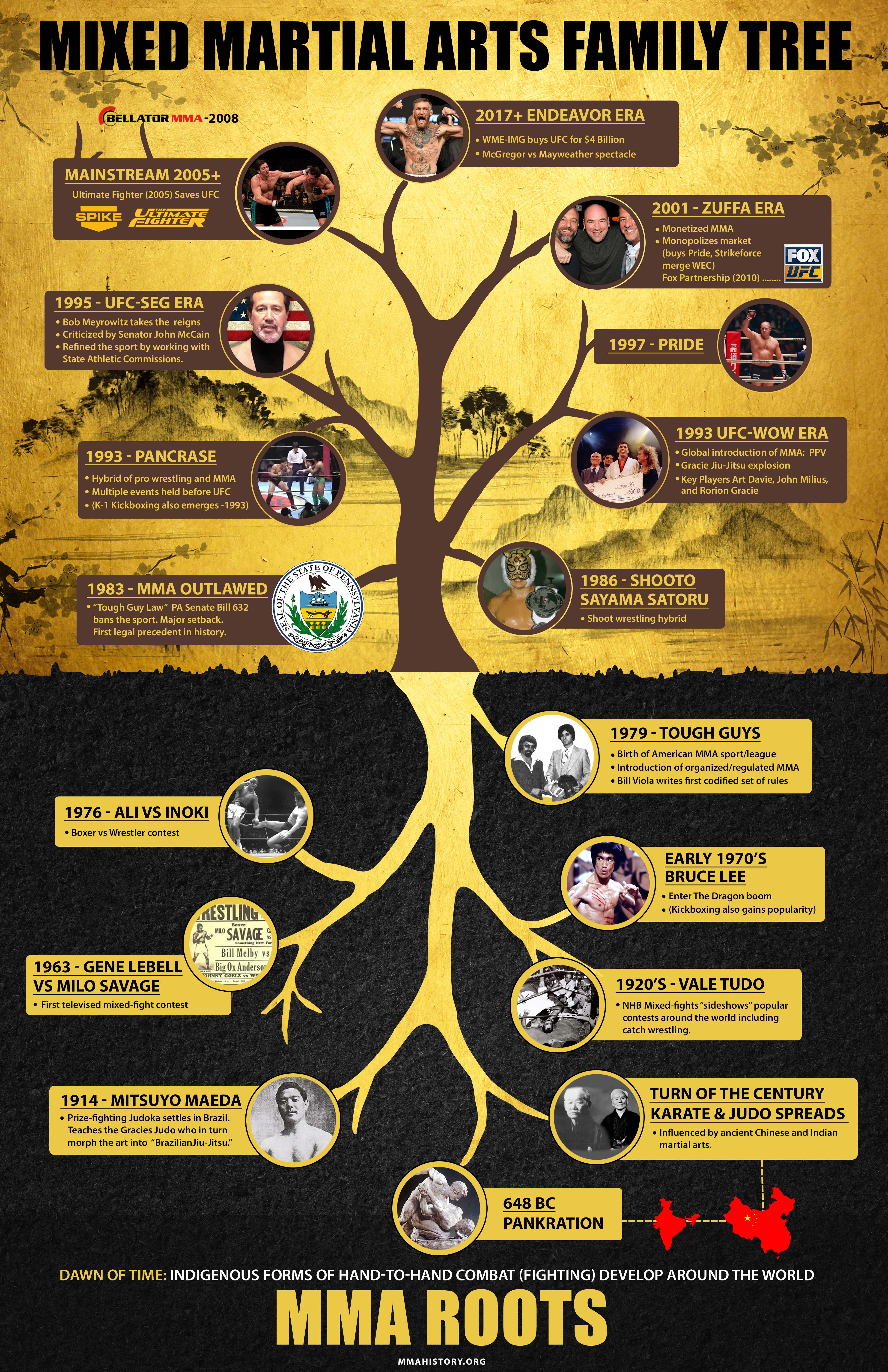Traditional Martial Arts Vs. Modern Fight Sports: Understanding The Secret Distinctions
Traditional Martial Arts Vs. Modern Fight Sports: Understanding The Secret Distinctions
Blog Article
Produced By-Keith Rocha
When you think of martial arts, do you lean a lot more toward the standard techniques or the modern-day battle sporting activities? Each course supplies unique advantages and experiences, formed by their approaches and training techniques. Standard martial arts stress individual development and technique, while contemporary fight sports focus on competitors and performance. Understanding these differences can assist you in choosing the ideal method for your trip. Yet exactly how do these distinctions materialize in training and philosophy?
The Viewpoint and History Behind Standard Martial arts
While lots of people connect martial arts with physical fight, the approach and background behind typical martial arts run much deeper. deadliest martial arts 'll discover that these disciplines highlight individual growth, technique, and respect.
Originating from old methods, traditional martial arts were frequently created for Self-Defense and spiritual growth. They symbolize principles such as balance, consistency, and self-discipline, directing professionals beyond mere combating skills.
As you train, you'll not just discover strategies but likewise gain understandings into the society and values that formed these arts. The routines and practices, frequently given through generations, cultivate a feeling of area and belonging.
The Affordable Nature of Modern Battle Sports
Modern fight sporting activities have actually transformed the landscape of martial arts right into a highly affordable sector, where athletes take on in an examination of skill, strategy, and endurance.
You'll observe that competitions are often organized with rigorous regulations and guidelines, guaranteeing fair play and safety and security. martial arts beginners for adults attract large target markets, sustaining the exhilaration and strength of matchups.
Athletes train carefully, not just for physical prowess yet also for mental sturdiness, recognizing that every information counts in the ring. The adrenaline rush throughout competitors is apparent, as fighters press their limitations to declare triumph.
Followers appreciate the athleticism and creativity entailed, making modern battle sports a thrilling phenomenon that remains to advance and captivate lovers all over the world.
Training Methods and Methods: A Comparative Evaluation
The competitive ambience of contemporary battle sporting activities demands innovative training approaches that vary significantly from traditional martial arts.
In modern-day training, you'll concentrate on certain techniques, sparring, and conditioning, usually utilizing drills that simulate actual fight circumstances. https://www.salonprivemag.com/judo-vs-aikido-for-self-defense/ 'll see an emphasis on quantifiable performance and regular competitors to analyze your skills.
On the other hand, typical martial arts focus on kinds, katas, and thoughtful mentors, often stressing discipline and regard over competitors.
Training is normally much less intense and might entail recurring practice as opposed to real-time sparring.
While both approaches develop skill and health and fitness, modern combat sports provide a much more vibrant and adaptable training environment, preparing you for immediate difficulties in the ring or cage.
Select mouse click the following web site that aligns with your goals and rate of interests.
Verdict
In picking between traditional martial arts and modern-day fight sporting activities, it really comes down to what you value the majority of. If you're looking for personal development, self-control, and a sense of neighborhood, standard arts could be your finest fit. Yet if you flourish on competition and real-time obstacles, modern-day battle sports could be the method to go. Ultimately, both courses use unique benefits, so it's everything about aligning your training with your personal goals and interests.
